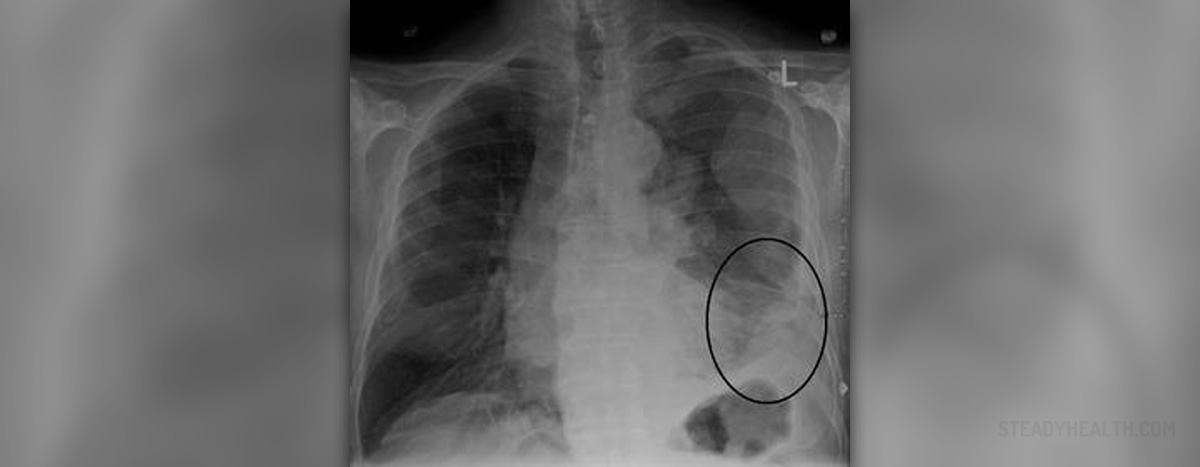
Mesothelioma cancer attacks the lung and chest cavity. This condition, also known as asbestos lung cancer, leads to the formation of tumors around the lungs, heart and abdominal organs. This type of cancer develops slowly over the years and it can take a long time for symptoms to develop. Around three thousand cases are reported every year. The three forms of the disease are pleural mesothelioma, peritoneal mesothelioma and pericardial mesothelioma.
Causes
This type of cancer occurs as a result of exposure to asbestos fiber or dust. Clearly, those involved in the asbestos industry will be more vulnerable to this type of cancer. The cancer occurs after asbestos fibers enter the body as a result of inhalation. The presence of these fibers results in healthy cells mutating into cancerous ones. Our bodies are not capable of getting rid of these fibers, so the lungs become inflamed. The condition worsens over time and eventually becomes life threatening. About 75% of all cases of this type of cancer occur as a result of exposure to asbestos.Symptoms
This type of cancer can be very difficult to detect. Early symptoms tend not to tell us much about the true nature of the disease, and in fact it can take as long as twenty years for the condition to fully develop. The primary symptoms of mesothelioma are chest pain, coughing, lung damage and breathing difficulties. Those who suffer from a less common form of the condition - peritoneal mesothelioma - might also suffer from abdominal pain, lack of appetite, nausea and abdominal swelling. Patients with this type of condition might also experience bowel obstruction.
Diagnostic Systems
Three different sytems exist which will help diagnose and treat mesothelioma. The first we will examine is the Brigham System.
Brigham System
The Brigham system will determine the possibility of removing the mesothelioma. In stage I, the tumor is considered Removable. This will remain the case in stage II. However, by this time, the cancer will have spread to the lymph nodes. During stage III, the mesothelioma will be considered to be non-removable. Stage IV refers to metastasis, or the spreading of the cancer to other organs.
TNM System
The first stage of the TNM system identifies the cancer in the lining of either lung. Stage II of this system occurs when the cancer spreads to the lymph nodes of the lung. Stage III of the TNM system refers to the point when mesothelioma spreads to the chest wall, ribs, heart, esophagus and other organs. The end stage of this system occurs when the cancer moves to the lymph nodes in the chest. The spread of the cancer to other organs is the final stage.
Butchart System
The oldest and most widely used system is the Butchart system. Stage I of this system identifies the presence of mesothelioma. The second stage refers to the progression of the condition into the chest wall, esophagus or lung lining. Stage III occurs when mesothelioma moves into the abdominal cavity or peritoneum. The final stage of the condition occurs when the cancer spreads to other organs.

















Your thoughts on this
Loading...